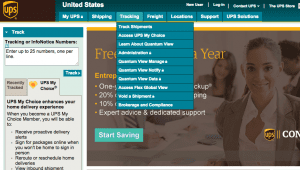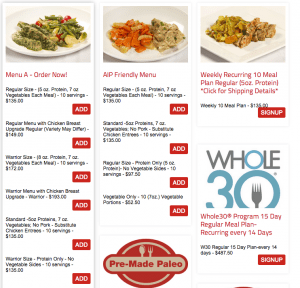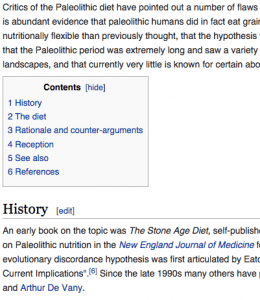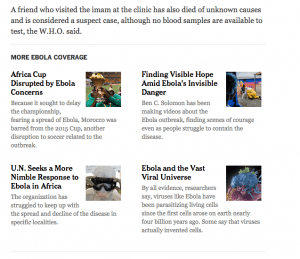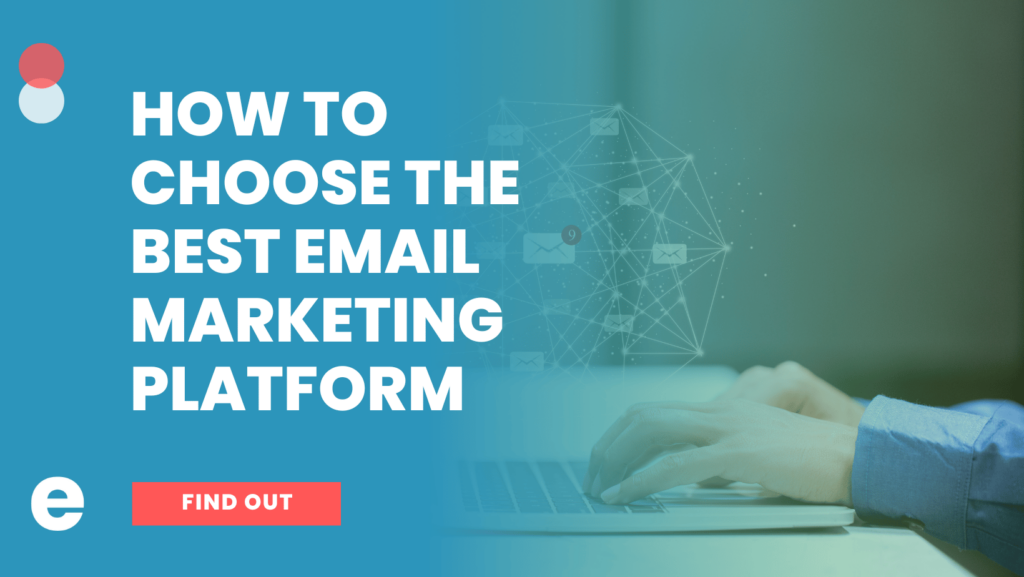SEO is a complex subject. It’s not just complex due to the algorithm or the 100’s of factors that go into indexing and sorting. SEO is tough because so many people still don’t understand the foundation of how it works.
For those not aware SEO stands for Search Engine Optimization. It’s the techniques used online to get your website to show up in search for words and phrases potential customers might use.
You don’t want to take the time now to understand all of the technical aspects of SEO? No problem. Without a long history lesson it’s safe to say that the key to getting true traction with SEO today has switched from indexing directories and data to answering questions based on the searcher’s intent. When a system is based on purely on data you can find ways to manipulate that data, but when the system moves to intent then it becomes more practical.
In other words, it pays to know Joe (your customer) better than to have an in-depth knowledge of traditional SEO. That’s not to say that the technical foundation of SEO isn’t important (required in fact), but knowledge of your customer’s intent and the proper application of content to support that intent goes much further.
That’s where we stand today. So how does one setup their website to be Joe-friendly? Check out the three principles below to improve your onsite SEO strategy moving forward.
1) Entities vs Words
Talk to Joe, not to search engines.
As the internet moves forward and we all become more connected to our electronic devices the phrasing in searches has become more natural. The addition of wearables like watches and voice activated search are just speeding up this shift.
So that means that putting phrases on your website that match the words in search no longer guarantees you relevance in the search results. Google now looks at every person and website as its own entity.
Let’s take a look at a metaphor to make this a little more clear. If you own a UPS truck that only delivers perishable (food items) for Amazon and you wanted people to know that, how would you go about it?
Truck
Looking at the outside of the truck we can tell from the label that they deliver fresh items from Amazon. That’s a good start.
Inside the truck you see color coded crates that would obviously contain fresh food by some category. This gives us another layer to understand what the truck is about.
Lastly the guy taking items from the truck is wearing a shirt that says “Amazon fresh” on it.
Website
Now let’s look at UPS’s website. We can tell that they specialize in shipping and tracking. This is obvious in their website setup. What is not immediately obvious is that they deliver for Amazon. This is ok in though because they want to deliver for everyone, not just Amazon.
The website as a whole reflects those specialities not just in the words on the website, but also the areas on the site (color coded crates if you will) with content, pictures, tools, resources, and data.
They also have a blog with authors (like the polo shirt on the driver) that talk about the different ways they apply shipping solutions. Another layer to illustrate what they are experts in.
By setting up your website to reflect your solutions instead of your ‘keyword research’ you look more like an entity or business to Google than just a group of pages and words that are ‘optimized’ for search
2) A Splash Page vs an Answer Page
Encourage Joe to learn more about your business instead of going for the quick hit.
Some of the worst practices for customers that were introduced into SEO began in an effort to convert the visitor first thing and disregard the intent of the search.
This resulted in lots of people creating “splash pages” that had a sole purpose of converting people right away. The problem with this is that 95%+ of the traffic to your website is not ready to convert!
The improvements of search engines in the last 3-5 years have centered more around serving up better results versus dropping people on crummy “splash pages”.
These principles are a helpful way to think about building web pages that match people’s search intent instead of trying to sell them right away.
Intent + Education = Return visits
If Joe is looking for info or answers, then give him what he wants. Then encourage him to dig deeper into the subject with more content options. This type of content marketing is what really works to build your funnel long term.
Education + Consistency = Trust
Once you provide some valuable content to Joe, it makes sense to ask him to come back later. Whether or not he signs up for your email list or bookmark your website, or get re-targeted with an ad that has more content, Joe will begin to trust your brand. This makes you top of mind when it comes time for making a decision. This also provides great signals to search engines that they should be serving up your content on the areas you earn trust. Win-win.
Trust + Solution = Customer
Assuming that you deliver a solution to solve all those inquiries Joe had in the content process, then this is where you position a “splash page”. The more people return to your site, and the more people reach your website goals (like form fills or downloads), the more search engines reward you in search results!
3) Content Organization
Organize your website like a Wikipedia page instead of a sales pamphlet.
versus
If you typed this into a search engine, which webpage above would be a better match for what you are looking for?
“What is the Paleo Diet?”
The Wikipedia page does it’s best to offer options that fully educate you on the subject of the paleo diet. The page on the left is a “splash page” offering different type of pre-made Paleo meals. While at some point you may want to buy premade meals, now is not the time for that.
Your website needs to be structured in a similar way.
Group by solution not service
Many people make the mistake of creating the architecture of their website all about what services they want to sell you. This technique is similar to the example of the search phrase we just discussed.
Which site did you like again for the search above? The educational one right? That’s because most of the time we are looking for information in search, not a sales pitch.
Once you’ve decided how to best educate your client…
Tell a Story
Another common mistake is using sales language in education areas of the website (which should be the majority of it).
Copyblogger does a nice job of describing how to tell stories versus selling your solutions. The main point is to use your personal experience, or your customers experience to describe the emotions and the process of solving their problems. This allows the person reading to discover how someone else is solving issues without feeling like they been pitched.
This also offers a way for people to get involved online with your brand and spread the love. When that happens all those likes, shares and retweets turn to strong social signals to the search engine that you are a trusted expert. Once again a win-win.
Cross promote
Since there is rarely enough room on one webpage to cover all the questions, stories and solutions that your potential customer may have, it is important to guide them through your website.
You’ve most likely seen this done on lots of places, but news outlets do a great job providing you more options to read on the subject you just finished
The NYTimes.com saw that I was reading a story on an Ebola outbreak and offered more content to satisfy that subject. As you switch subjects on any website that does this well, you will be offered other options to keep going.
In a different example you might steer someone from an about page for a physician to the practice she specializes in on the blog. This moves someone further down the sales funnel.
At the end of the day your website should be driving people back to itself through organic listings and any other channels you may use to support your online brand.
Don’t get silly with your SEO and forget the whole reason you have a website! Talk to Joe. Be a trustworthy option and at the end of the day Joe will come to you.
Have questions about your website and it’s SEO efforts? Give us a call to find out more about what can do for you.
Customer Strategy: Creating your Customer Journey Map to Spark Outbreak Growth in 2020

